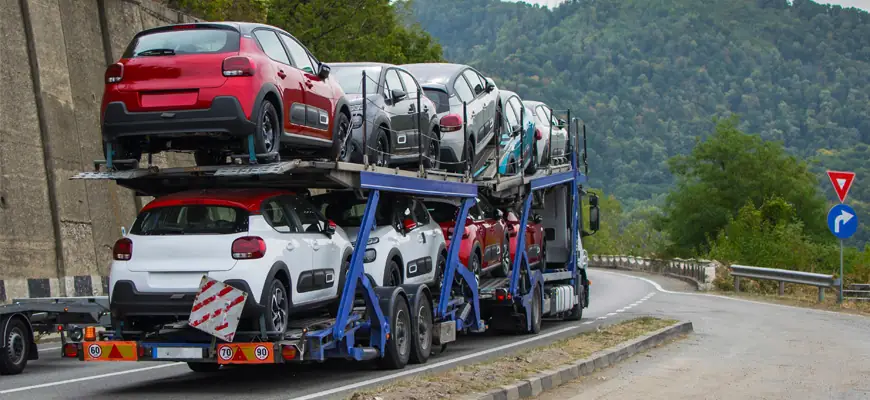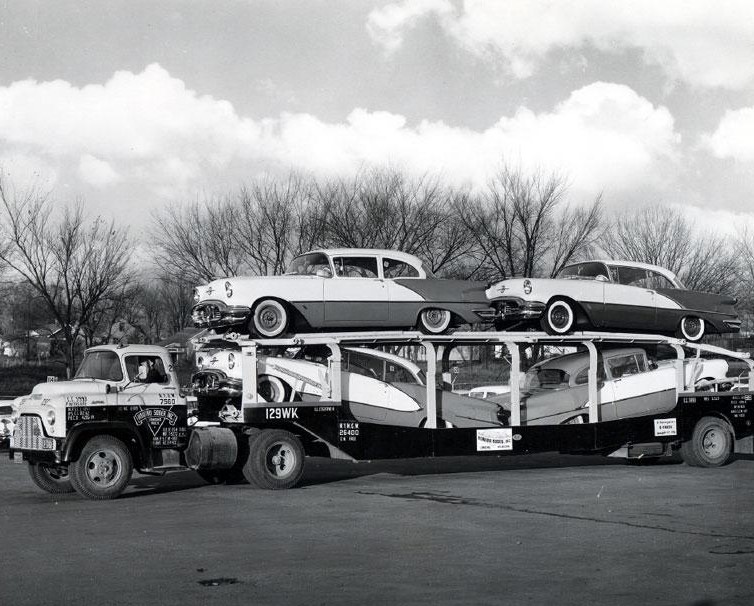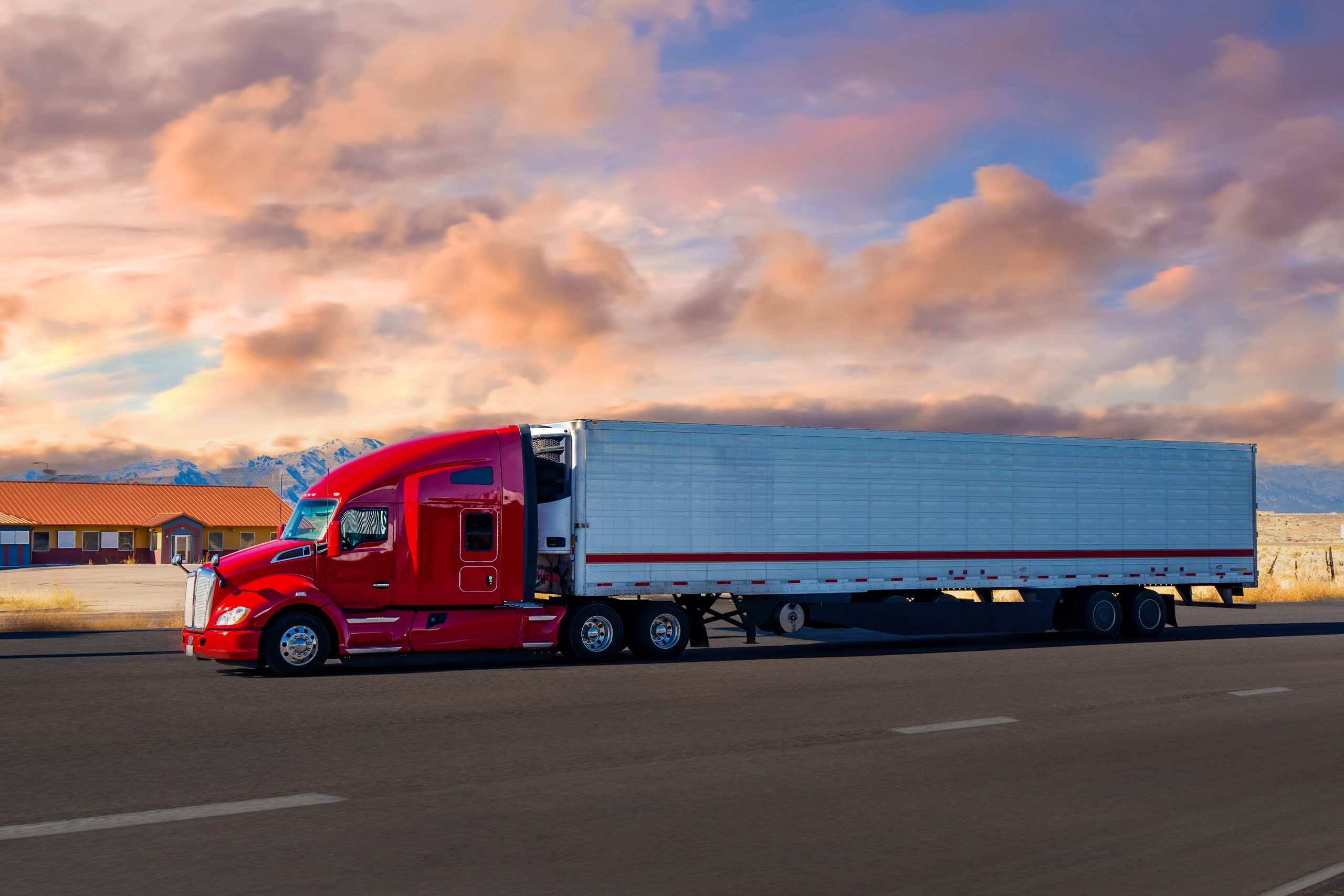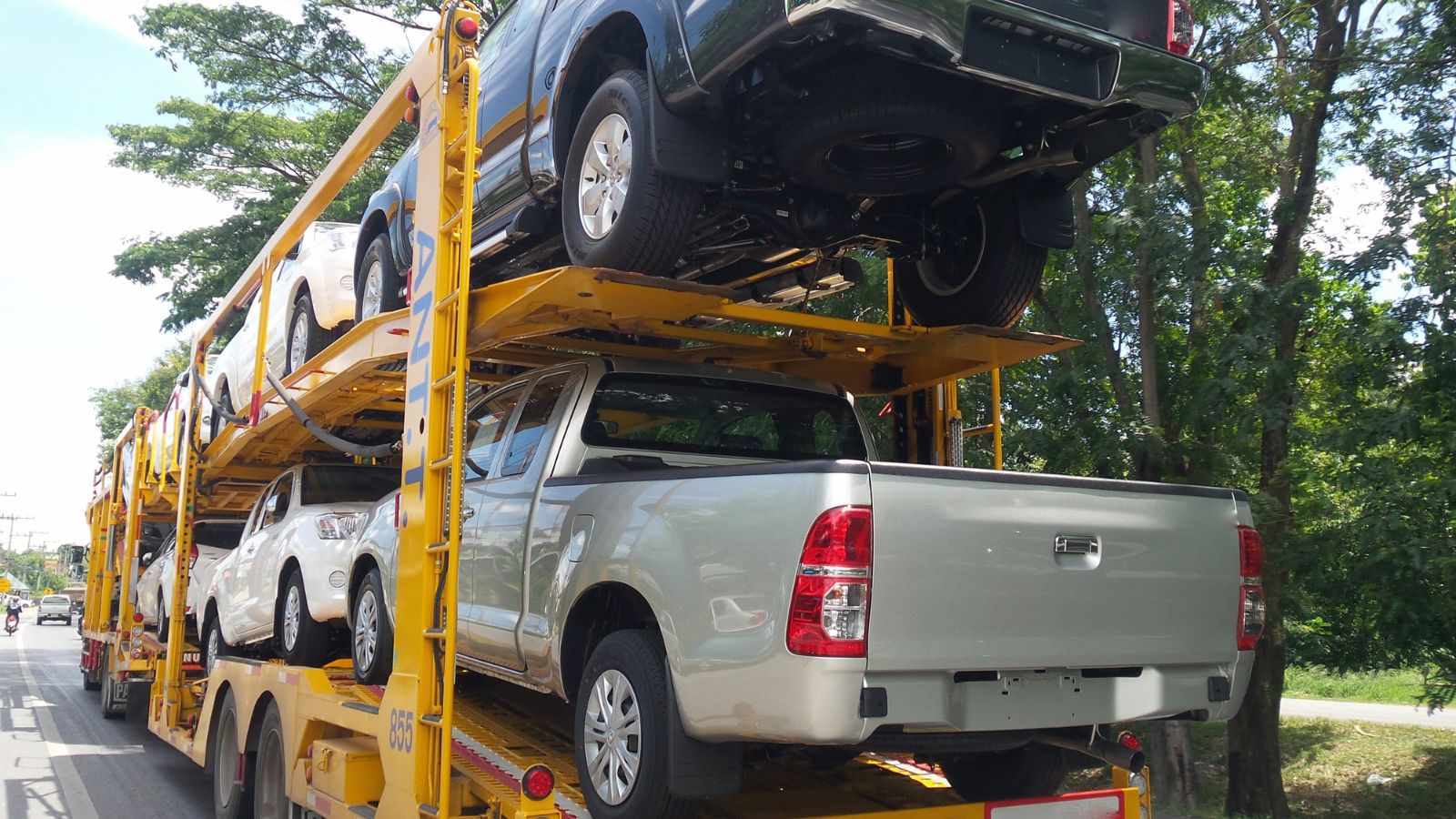Every now and then, the car shipping industry regulations are updated by the official departments responsible for law enforcement in the car shipping industry in the United States.
These departments are the US Department of Transportation and the Federal Motor Carrier Safety Administration, and the updates usually aim at encouraging the adoption of the most effective safety measures to protect carrier drivers and other road users.
The most basic regulations enforced by the mentioned parties include defining specific cargo weight and height restrictions, setting legal driving hours for drivers, and determining acceptable vehicle loading, unloading, and distributing practices.
First, the USDOT and FMCSA limit drivers working hours, allowing them to drive no more than 10 hours per day and 60 hours per week and requiring them to take a 30-minute break after every 8 hours of constant driving. This is believed to help drivers avoid driving fatigue, which may ultimately lead to road accidents.
Additionally, car shippers must abide by the rules for safe vehicle loading and unloading, including using the proper equipment, like ramps and dollies. Also, car shippers must proactively prevent vehicles from rolling and tipping during loading and unloading.
The USDOT and FMCSA also enforce car shipping regulations related to vehicle safety requirements and driver qualifications. These include setting safety standards for the vehicles to be shipped, requiring them to have safety chains that prevent them from shifting during transport, brakes to be in good working condition, and tires to have sufficient tread.
Indeed, drivers must be qualified to transport vehicles by motor carriers and be at least 21 years old with a minimum of two years of experience driving commercial vehicles. Drivers must complete a training course about safety, regulations, and vehicle operations before driving a car carrier.
The mentioned regulations are only a part of the rules USDOT and FMCSA enforce. Car shipping companies must follow the rules and maintain legal work practices to demonstrate reliability and safe work practices.
“Car shipping regulations are the cornerstone of effective, efficient, and secure shipping processes. They are key to maximizing carrier, cargo, drivers, and clients’ safety, especially in enabling discerning reliable car shipping companies from counterfeiting ones. Today, legally operating companies are clients’ go-to option because they prove their credibility and sense of accountability. At Tempus Logix, for example, we realize that following rules is critical for saving everyone’s rights. Therefore, our work operations are fully law binding, and we seek to meet every regulatory requirement issued by the official authorities.”
CEO of Tempus Logix, United States
Expectations of Releasing Additional Set of Safety Rules
Car shipping companies are expecting to have new changes with an additional set of rules and regulations for enhancing safety measures during shipping processes. These changes align with the recent innovations in vehicle manufacturing and the incorporation of technological advancements.
Indeed, some of the potentially forthcoming changes the USDOT and FMCSA are believed to be considering are mandating drivers to use electronic logging devices and video cameras in car carriers and equipping carriers with safety features.
First, imposing the use of ELDs, electronic logging devices, is meant to track drivers’ hours of service and prevent driver fatigue. Also, car carriers will require video cameras to record loading and unloading procedures and prevent accidents. Finally, using safety features, like roll bars and safety guards, will help protect vehicles and drivers in accidents.
Overall, rules and regulations in the car shipping industry change from time to time. They are primarily meant to enhance safety and create trustworthiness in the car shipping market.










